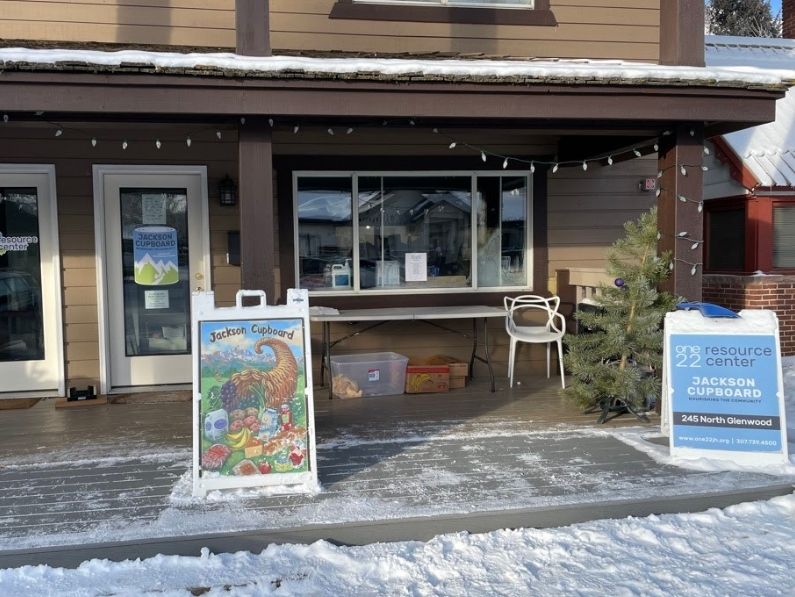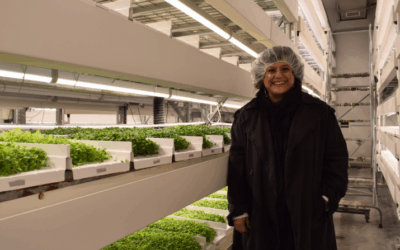In Teton County, the COVID-19 pandemic has worsened what was an already dire food insecurity issue. As of 2015, over ten percent of county residents were estimated to be food insecure. Though no firm data exists on how many more county residents are food insecure now, Director of the One22 Resource Center Sharel Lund says numbers are increasing.
One22 recently took over operations of the local food bank, the Jackson Cupboard. Lund says there has been a jump in daily Cupboard customers from about 25 to 35.
“When that continues, it’s hard not to see that as part of a trend,” Lund said. “With so many people out of work on quarantine—or because they’re ill or their business is slowing down—we’re just sort of overall buckling down for what we think will be an increased need this winter.”
The Cupboard is one of several organizations in the valley that address two interrelated issues: food insecurity and hunger. Food insecurity means not having enough consistent nutritious food to lead a healthy lifestyle. Hunger means not having enough to eat.
According to a recent study by the national nonprofit Food Research and Action Center, 11 percent of Wyoming residents with children report not having enough to eat. That’s not just food insecure, but going without meals altogether.
Normal levels of hunger in America are usually 3.7 percent. But COVID has caused that number to nearly triple to 11 percent, according to the Food Research and Action Center.
At the Cupboard, staff fill bags of groceries as fast as they can. Because of COVID safety, clients can no longer shop inside. But they can order ahead online, or they can show up at the door during operating hours and a staff member will shop for them and hand the bag to them as they wait outside.
“We’re really trying to keep from having people have to wait in line or, you know, any of those things that are not great for COVID,” Lund said.
Lund says most Cupboard clients are working people. But with the high cost of living, some people cannot make ends meet. If a working adult in the family gets laid off or the family is hit with major health expenses, they may have to choose between paying bills and eating.
Earlier this month, the Cupboard moved to a larger venue and expanded its hours. It is now able to feed more people—no identification needed, no questions asked. The Cupboard is now located in the same building as the main One22 office, and Lund says this helps get the word out.
“The beauty of it is, if you were coming in to register your kids for some scholarship money for soccer and you’ve never been to the Cupboard, we could say, ‘You know, before you leave, why don’t we send you home with $100 worth of groceries? Like, let’s just open the door and go in,’” Lund said. “And vice versa. If someone’s coming to the Cupboard and they aren’t aware that there are other support services available to them, it’s right there. So that’s the goal.”
According to Lund, food insecurity is tied to other issues like housing.
“It’s just that the math doesn’t work out,” she said. “It’s an expensive place to live. There’s not a lot of wiggle room.”
The national nonprofit Feeding America estimates that Wyoming’s food insecurity rate in 2020 will be somewhere between 11 and 17 percent.
KHOL will continue looking at food insecurity and hunger in Teton County. Stay tuned for future reporting where we look at proposed solutions to the systemic issues that cause hunger to begin with.






